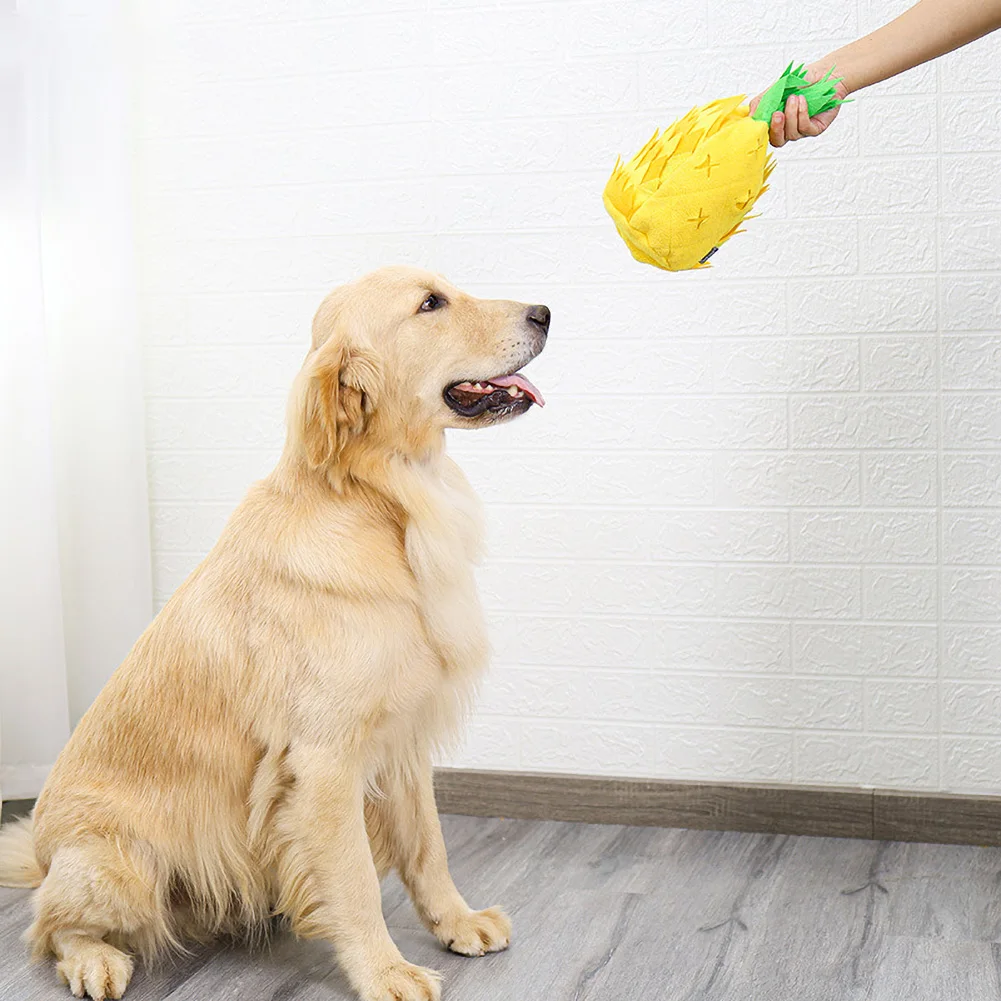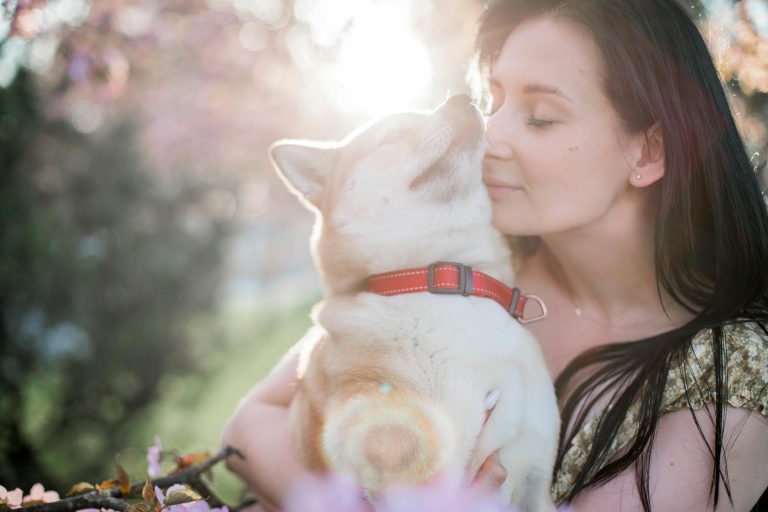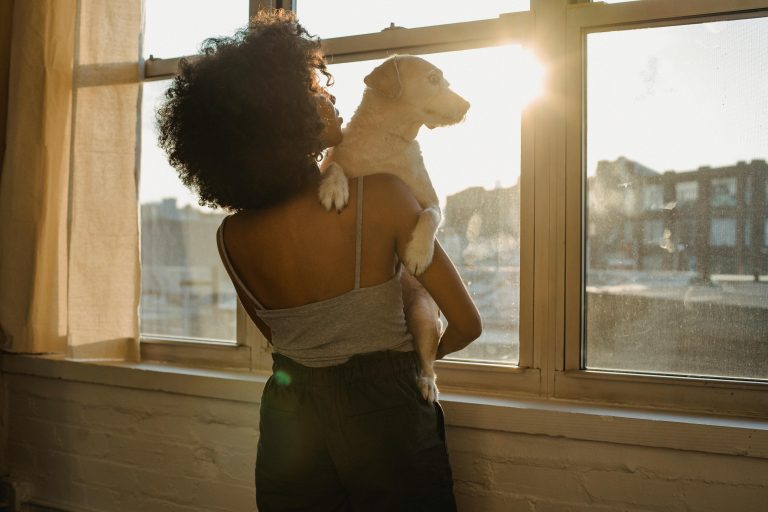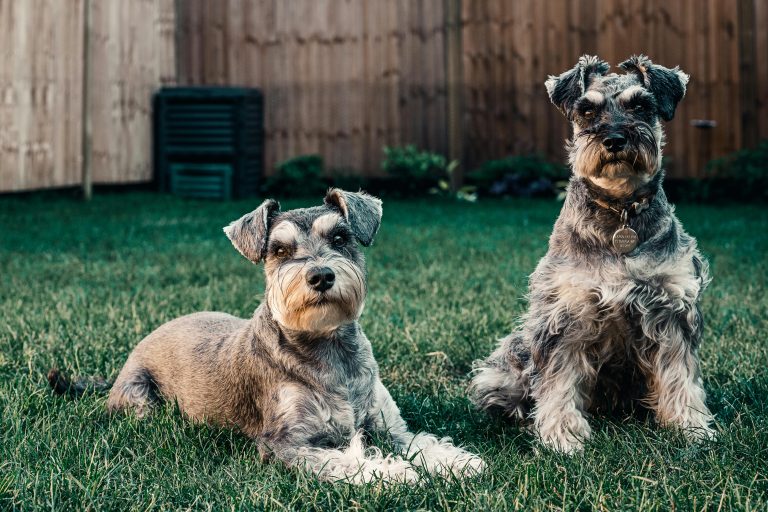Shop this story
Why Do Dogs Play With Plush Toys? | Engage with your Pet

cherished members
of our families
Dogs are more than just pets; they are cherished members of our families. Understanding Why Do Dogs Play With Plush Toys? is crucial to ensuring their well-being. One intriguing behavior that captures the hearts of many dog owners is their fondness for plush toys. In this article, we delve into the reasons behind this delightful canine pastime, exploring the natural instincts, psychological benefits, and various aspects of play that make it an integral part of a dog’s life.
Exploring the Natural Instincts Behind Why Dogs Play With Plush Toys?
Canine Hunting Instincts
Dogs are descendants of wolves, and their hunting instincts still run deep. Playing with plush toys allows them to channel their primal urges, engaging in activities that mimic the thrill of the chase and the capture of prey. This not only satisfies their instinctual desires but also provides a healthy outlet for their energy.
Mimicking Prey Behavior
Plush toys, often designed to resemble small animals, tap into a dog’s predatory nature. Dogs may shake, toss, and “attack” these toys, fulfilling their need to engage in behaviors that would be exhibited in the wild. It’s a form of play that connects them to their ancestral roots.
Comfort and Companionship
Beyond instinctual needs, dogs also form strong emotional bonds with their plush toys. These soft companions can offer comfort and a sense of security, especially in the absence of their human family members. Dogs may cuddle with their plush toys, finding solace and companionship in the soft textures and familiar scents.
The Psychological Benefits of Why Dogs Play With Plush Toys

Stress Relief
Just like humans, dogs experience stress. Playtime with plush toys serves as a natural stress reliever. The physical activity involved, coupled with the joy of play, helps dogs release built-up tension, promoting a sense of well-being.
Anxiety Reduction
Plush toys can be particularly comforting for dogs dealing with anxiety. The act of chewing or snuggling with a soft toy can have a calming effect, providing a source of emotional support in stressful situations.
Mental Stimulation
Playtime with plush toys is not just about physical exercise. It also offers mental stimulation, keeping a dog’s mind active and engaged. This mental workout is essential for preventing boredom and maintaining cognitive function.
The Role of Physical Exercise in Understanding Why Dogs Play With Plush Toys
Promoting Active Play
Interactive play with plush toys encourages dogs to move and stay active. This is especially important for maintaining their physical health. Whether it’s a game of fetch or a spirited tug-of-war, the physical exertion contributes to overall fitness.
Maintaining Physical Health
Regular play can contribute to a dog’s weight management and cardiovascular health. The active movements involved in playing with plush toys help dogs burn calories, preventing obesity and related health issues.
Choosing the Right Plush Toys
Size and Texture Considerations
When selecting plush toys for your dog, consider their size and preferences. Some dogs may prefer smaller, more manageable toys, while others enjoy larger, huggable companions. Additionally, take into account the texture of the toy to ensure it aligns with your dog’s comfort.
Safety Aspects
Safety should be a top priority when choosing plush toys. Opt for toys with securely stitched seams and no small, easily ingestible parts. This reduces the risk of choking or intestinal blockages.
Durability for Prolonged Use
Dogs can be enthusiastic players, so investing in durable plush toys is essential. Look for toys made with quality materials that can withstand rough play. This ensures your dog’s beloved toys last longer, providing extended enjoyment.
Common Play Behaviors

Shaking and Tossing
One common play behavior observed in dogs is the instinct to shake and toss their plush toys vigorously. This mimics the motion of catching prey and adds an extra element of excitement to playtime.
Chewing
Chewing is a natural behavior for dogs, and plush toys provide a safe outlet for this instinct. Chewing on a soft toy helps keep a dog’s teeth clean and healthy while satisfying their need to gnaw.
Pouncing
Dogs often display a pouncing behavior during play, especially with toys that are designed to move unpredictably. This behavior not only adds a playful element but also engages their problem-solving skills.
Socialization Through Play
Interaction with Other Dogs
Plush toys can facilitate positive social interactions between dogs. When two dogs share toys, it promotes bonding and can help build a sense of camaraderie. However, it’s crucial to monitor play to ensure it remains friendly and doesn’t escalate into aggression.
Bonding with Owners
Playtime with plush toys is an excellent opportunity for bonding between dogs and their owners. Engaging in interactive play strengthens the emotional connection, fostering trust and companionship.
Teaching Bite Inhibition
Through play, dogs learn bite inhibition, a crucial skill for interacting with humans and other dogs. Plush toys provide a soft and safe surface for dogs to practice their bite control without causing harm.
Avoiding Behavioral Issues

Redirecting Chewing Habits
For some dogs, chewing on household items may become a habit. Introducing plush toys as an alternative redirects their chewing instincts to a more appropriate outlet, preserving your furniture and belongings.
Preventing Boredom-Related Behaviors
Boredom can lead to destructive behaviors in dogs. Plush toys offer mental stimulation, preventing boredom and the associated issues, such as excessive barking or digging.
Addressing Excessive Aggression
While play is healthy, excessive aggression during playtime can be problematic. If a dog becomes overly aggressive, it’s essential to intervene and redirect their behavior. Consulting a professional, such as a veterinarian or behaviorist, can provide guidance.
When to Intervene
Recognizing Harmful Behavior
While play is generally positive, it’s crucial to recognize when it turns harmful. Aggressive behaviors, such as growling, snapping, or prolonged tension, may require intervention to prevent injury or escalation.
Supervision for Safety
Always supervise your dog during playtime, especially if dogs are playing with plush toys. This ensures their safety and allows you to intervene if any issues arise.
Consulting a Veterinarian or Behaviorist
If you notice concerning changes in your dog’s behavior during play or if they exhibit aggression, seeking professional advice is recommended. A veterinarian or behaviorist can assess the situation and provide guidance on addressing any underlying issues.
DIY Plush Toys

Creative and Safe Alternatives
For budget-conscious pet owners, creating DIY plush toys can be a fun and rewarding endeavor. Use safe materials like old fabric or socks to craft simple toys that engage your dog’s senses.
Engaging with Homemade Toys
Homemade toys can have the added benefit of your scent, further comforting your dog during play. Get creative with shapes and textures to keep your dog entertained and mentally stimulated.
Cost-Effective Solutions
Dogs love to play with plush toys, Crafting your dog’s toys can be a cost-effective way to provide entertainment. It allows you to tailor the toy to your dog’s preferences and ensures that it meets safety standards.
Cleaning and Maintenance
Importance of Cleanliness
Regular cleaning of plush toys is crucial for maintaining your dog’s health. Bacteria and dirt can accumulate on the toys, potentially leading to infections. Follow the manufacturer’s guidelines for cleaning or opt for machine-washable toys.
Ensuring Toy Longevity
To extend the life of plush toys, rotate them regularly. This prevents excessive wear and tear on a single toy and keeps your dog’s playtime varied and interesting.
Monitoring for Wear and Tear
Despite their durability, plush toys can wear out over time. Keep an eye on while Dogs Play With Plush Toys and replace them if they show signs of damage to prevent any safety hazards.
Educational Toys for Cognitive Development
Puzzle Toys and Mental Challenges
Improve your dog mental health by providing some mental challenges, consider incorporating puzzle toys into your dog’s play routine. These toys engage a dog’s problem-solving skills, providing mental stimulation and preventing boredom.
Enhancing Problem-Solving Skills
Educational toys contribute to cognitive development by challenging dogs to figure out how to retrieve treats or solve puzzles. This mental exercise is as important as physical activity for a dog’s overall well-being.
Case Studies About Plush Toys
Real-Life Examples of Dogs and Plush Toy Interactions
Sharing stories of dogs and their interactions with plush toys adds a personal touch to the article. Highlighting positive outcomes and behaviors can resonate with readers and encourage them to enrich their own dogs’ lives with engaging toys.
Common Myths Debunked (Plush Toys)
Plush Toys Causing Aggression
Contrary to a common misconception, playing with plush toys does not inherently lead to aggression in dogs. It’s essential to understand that healthy play is a natural and beneficial behavior.
Misconceptions About Toy Size
Some pet owners worry that small toys pose a choking hazard. However, choosing appropriately sized toys and supervising play mitigates this risk, making it a safe and enjoyable experience for dogs.
Appropriate Playtime Durations
While play is crucial, excessive playtime without breaks can lead to fatigue. It’s important to balance play with rest, ensuring your dog enjoys a healthy and sustainable play routine.
Conclusion (Dogs Play With Plush Toys)
In conclusion, the bond between dogs and plush toys goes beyond simple play. Understanding the reasons behind this behavior allows us to enrich our dogs’ lives and strengthen our connection with them. From satisfying natural instincts to providing mental stimulation and fostering socialization, plush toys play a multifaceted role in a dog’s well-being. So, the next time you see your furry friend joyfully engaging with their plush companion, know that it’s not just play—it’s a vital part of their happiness. Read More about Choosing the Perfect Plush Toy for Dog!
How do I choose the right size plush toy for my dog?
Are there specific materials I should avoid when selecting plush toys?
Can plush toys help with separation anxiety in dogs?
How often should I clean my dog’s plush toys?
Is it normal for my dog to become possessive of their plush toys?
Should I Let My Dog Destroy Plush Toys?
Further reading
Do Dogs Lick Lips When Happy?
Why Does My Dog Cry When I Hold Him?
Is Mating Healthy for Dogs?
By using this website you agree to accept our Privacy Policy and Terms & Conditions




Leave a comment